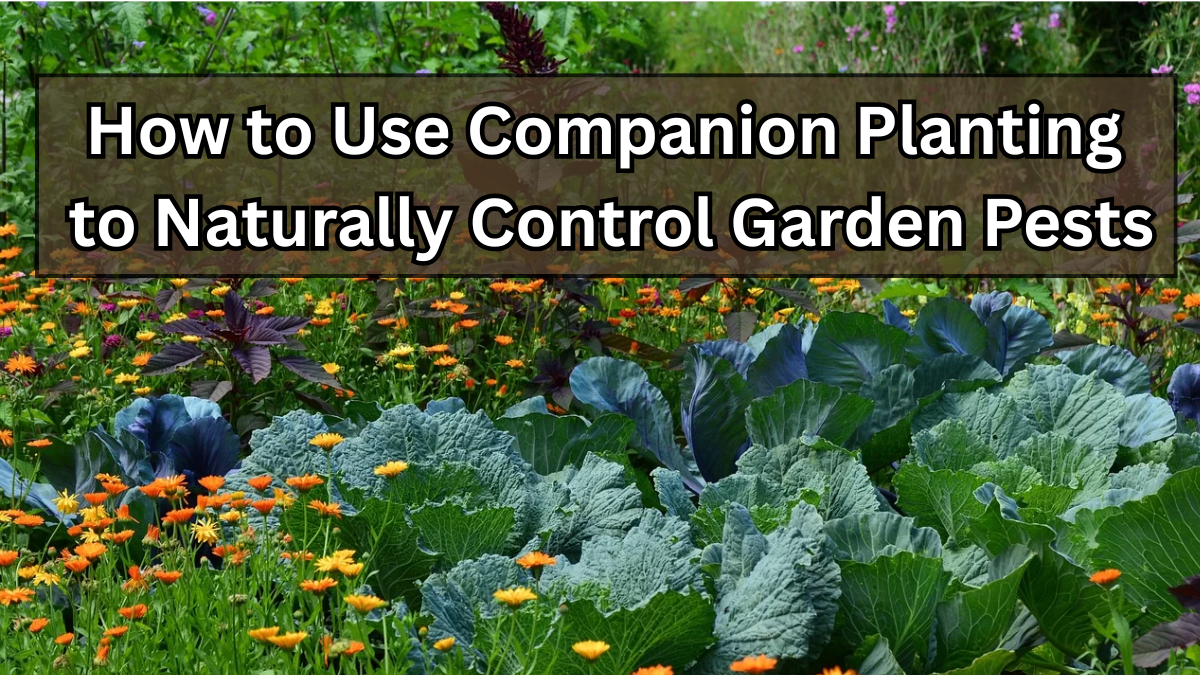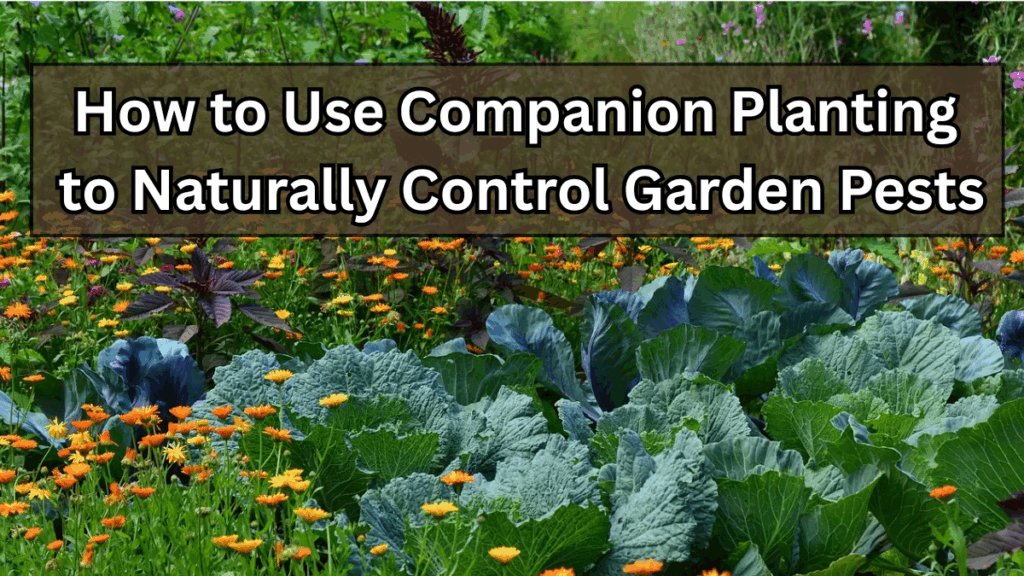Gardening is a rewarding hobby, but dealing with pests can quickly turn it into a headache. While chemical pesticides are common, many gardeners are now turning to companion planting pest control as an effective, natural solution. By planting certain crops together, you can create a natural garden defense that keeps pests away and promotes healthier plants.
What is Companion Planting?
Companion planting involves strategically growing plants near each other so they benefit one another. Some plants repel pests, while others attract beneficial insects. This method is part of organic pest control practices and is ideal for gardeners looking for sustainable solutions.
Benefits of Companion Planting Pest Control:
-
Reduces the need for chemical pesticides
-
Encourages biodiversity in your garden
-
Improves plant growth and yields
-
Helps maintain soil health naturally
Common Companion Planting Combinations
Here are some tried-and-tested plant pairings that help ward off pests:
| Main Crop | Companion Plant | Pest Repelled / Benefit |
|---|---|---|
| Tomatoes | Basil | Repels aphids, mosquitoes, and tomato hornworms |
| Carrots | Onions | Deterrent for carrot flies |
| Cabbage | Dill | Attracts beneficial wasps that prey on cabbage worms |
| Beans | Marigolds | Marigolds repel nematodes; beans fix nitrogen in soil |
| Cucumbers | Nasturtiums | Repels aphids and cucumber beetles |
| Potatoes | Garlic | Repels Colorado potato beetles and improves flavor |
How to Plan Your Companion Planting Layout
-
Identify the pests common to your garden.
-
Choose companion plants that naturally repel or distract these pests.
-
Group strategically—taller plants can provide shade for smaller crops that thrive in partial sun.
-
Rotate crops each season to maintain soil health and confuse pests.
Tip: Using 5-gallon buckets or container gardens can make companion planting even more efficient, especially for small spaces or urban gardens.
Companion Planting Pest Control Tips
-
Herbs are your allies: Basil, rosemary, mint, and thyme are excellent for deterring insects.
-
Flowers can help: Marigolds, nasturtiums, and calendula attract beneficial insects and repel harmful ones.
-
Interplant generously: Mix pest-repelling plants among your main crops to confuse pests.
-
Use mulch and organic matter: This keeps the soil healthy and further supports a natural garden defense.
Common Plants for Organic Pest Control
| Pest Type | Plants That Help | Method of Protection |
|---|---|---|
| Aphids | Nasturtiums, Basil | Repels and attracts aphid predators like ladybugs |
| Slugs | Garlic, Chives | Produces strong scent that deters slugs |
| Beetles | Marigolds, Potatoes | Marigolds repel beetles; potatoes can act as trap crops |
| Cabbage Worms | Dill, Sage | Attracts parasitic wasps that eat caterpillars |
FAQs
1. Can companion planting completely replace pesticides?
While companion planting greatly reduces pest problems, severe infestations may still require additional organic measures like neem oil or insecticidal soap.
2. Do I need a large garden for companion planting?
Not at all! You can implement companion planting pest control even in small spaces or containers like 5-gallon buckets.
3. How often should I rotate companion plants?
Rotating plants every season prevents pests from becoming accustomed to your garden and maintains soil health.
4. Are all herbs effective for pest control?
No, not all herbs repel pests equally. Basil, mint, thyme, and rosemary are highly effective, while others may only offer minor benefits.
Click here to learn more

